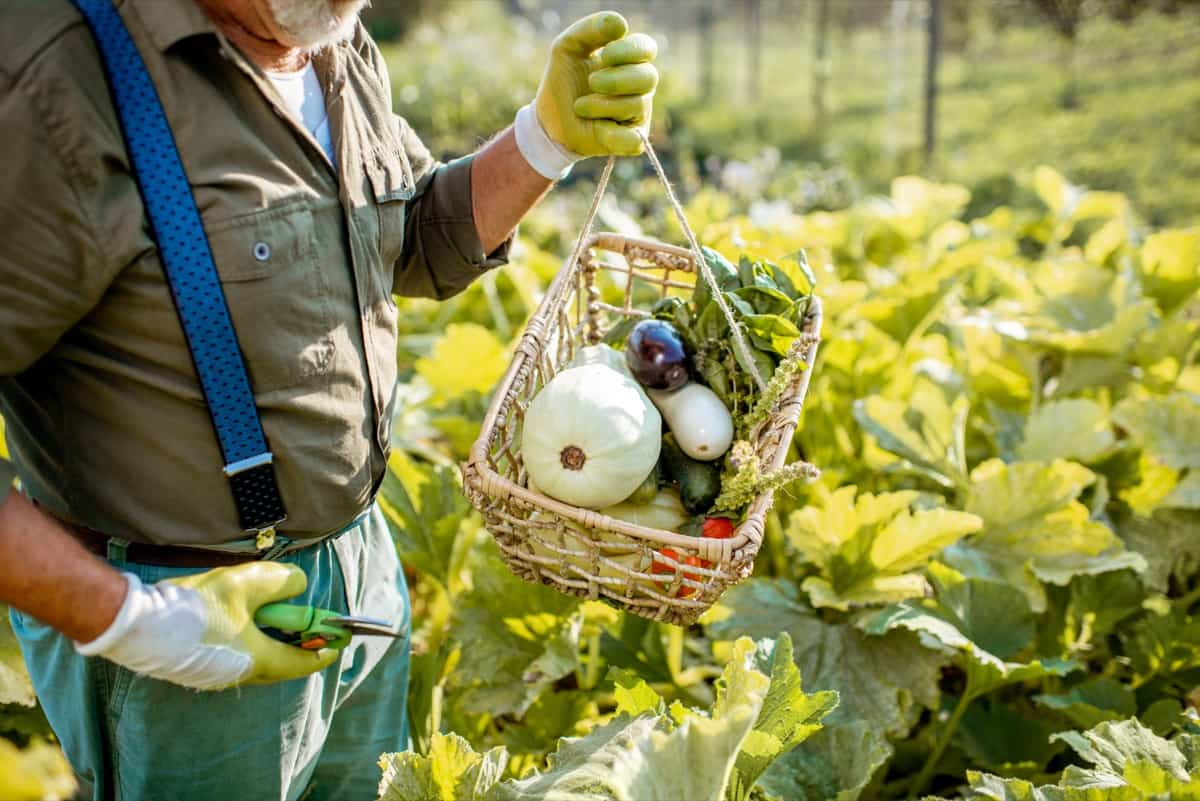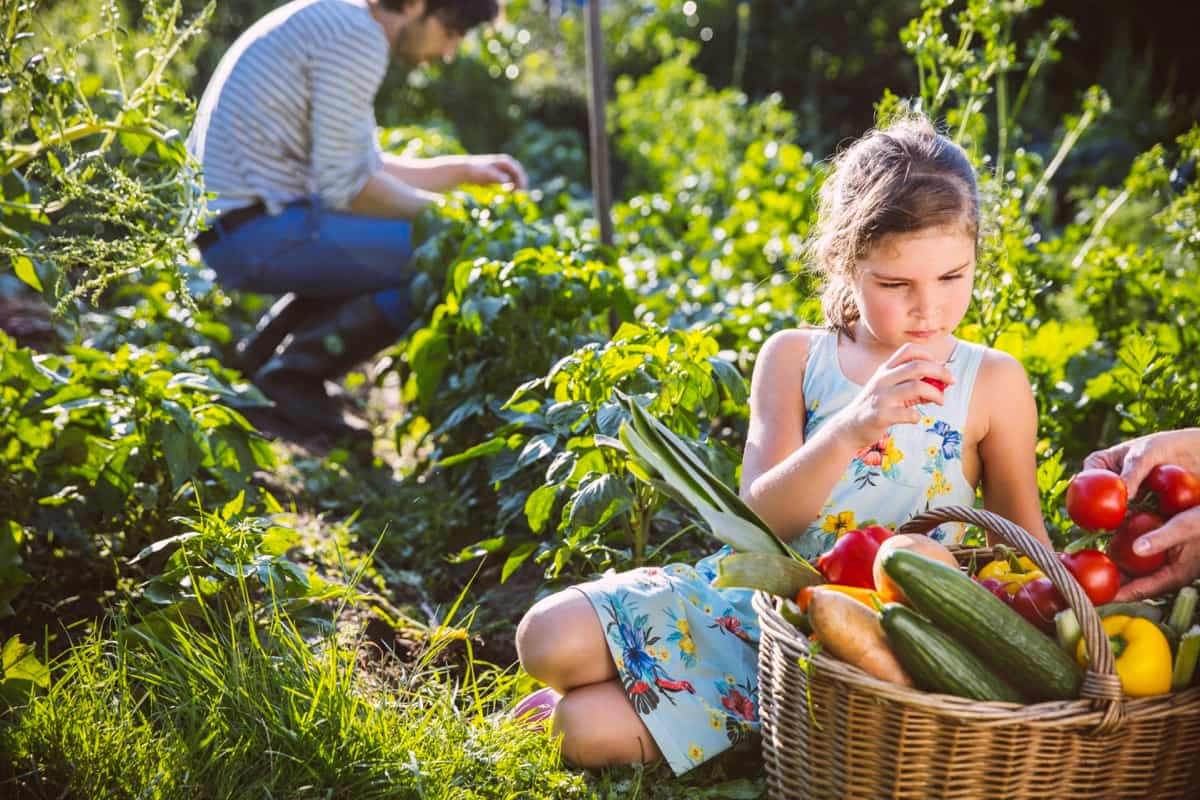When should I plant my garden in New Hampshire? If you’ve been asking yourself this question, you’re not alone. What crops can I grow in New Hampshire? Whether it’s when to plant flowers in NH or the best vegetables to grow in New Hampshire, the key is understanding New Hampshire’s climate zones. Coastal and inland areas have different planting times.

This guide will walk you through the when to plant vegetables calendar, specific to New Hampshire’s regions. We’ve covered you, from when to plant tomatoes in NH to carrots. Learn about the New Hampshire growing season and plan your vegetable garden accordingly.
When to Plant Vegetables in New Hampshire
Understanding New Hampshire’s Climate Zones
New Hampshire has two main climate zones. Coastal areas have milder winters and summers. Inland areas have colder winters and warmer summers. Knowing your zone will help you figure out the best time to plant. Coastal regions have a longer growing season. Inland areas have a shorter one. Coastal New Hampshire has a more stable climate, making growing a wider variety of vegetables easier. Inland areas need more care due to extreme temperatures. Both zones can grow a range of crops if planned well.
Factors Affecting Vegetable Planting Dates in New Hampshire
Many factors can affect your planting dates in New Hampshire. Soil temperature is important. Don’t plant when the soil is too cold. Frost dates also play a role. Coastal New Hampshire has a later last frost date and an earlier first frost date. Inland areas have a more extreme frost date range.
Other factors include sunlight and wind. Coastal areas have more moderate weather, making it easier for plants like tomatoes and peppers. Inland areas can be harsh, needing hardy vegetables like carrots and cabbage. Use these factors to plan your when to plant vegetables calendar.
Planting Vegetables in Coastal New Hampshire
Coastal New Hampshire has milder weather. This means you can start planting earlier. Leafy greens like lettuce and kale can be planted in late March. Carrots can be sown in April. Plants like tomatoes and peppers can go into the ground in May. Coastal New Hampshire is great for growing a wide range of crops. Its mild climate allows for a longer growing season. Take advantage of this by planting a diverse range of vegetables.
Optimal Vegetable Planting Times for Inland New Hampshire
Inland New Hampshire has a shorter growing season. This means you’ll need to be more careful with your planting times. Leafy greens can be planted in April. Root vegetables like carrots should be in the ground by late April or early May. Tomatoes and peppers should be planted in late May to early June. Inland areas can be harsh. Make sure to choose vegetables that can handle colder temperatures. Following the when-to-plant vegetable calendar specific to inland New Hampshire is also crucial.
In case you missed it: Best Container Plants for New Hampshire: For Vegetables, Flowers, Herbs in Winter, Shade, Full Sun

Vegetable Planting Schedule for New Hampshire
Now, let’s look at a basic vegetable planting schedule. For coastal New Hampshire: leafy greens in late March, root vegetables in April, and tomatoes and peppers in May. For inland New Hampshire: leafy greens in April, root vegetables by late April or early May, and tomatoes and peppers by late May to early June. Use this as a general guide for your New Hampshire growing season.
Recommended Vegetables for Early Spring Planting in New Hampshire
Early spring is a good time to plant in coastal and inland New Hampshire. Leafy greens like lettuce, kale, and spinach are good choices. Carrots and radishes are good choices for root vegetables too. These plants can handle the cooler temperatures of early spring. They are also some of the best vegetables to grow in New Hampshire. Make sure to follow the when to plant vegetable calendar for best results.
Late Spring and Early Summer Vegetable Planting Guide for New Hampshire
Late spring and early summer are ideal times for planting heat-loving crops in both coastal and inland regions of New Hampshire. By late May or early June, the risk of frost has typically passed, making it safe to plant vegetables like tomatoes, peppers, cucumbers, and squash. These vegetables love warm soil and plenty of sunlight, so they thrive in the long days of late spring and early summer.
Thanks to the milder climate, you can even grow more heat-loving varieties like eggplants and melons in coastal regions. In inland areas, stick to tried-and-true favorites that can withstand some temperature fluctuations.
Fall Vegetable Planting Tips for Coastal New Hampshire
Thanks to its relatively mild early autumn weather, Fall is another opportunity for a productive garden in Coastal New Hampshire. Start planting cool-season vegetables like leafy greens, radishes, and carrots from late August to early September. Broccoli and cauliflower are other excellent choices for fall planting.
Because the Coastal region experiences milder fall temperatures than the inland areas, you have more leeway with your planting schedule. Monitor the weather forecasts and get ready to protect your plants or harvest them sooner if there’s a chance of early frost. Also, consider extending your growing season using simple techniques like mulching and row covers.
Ideal Fall Planting Dates for Inland New Hampshire
For those living in inland New Hampshire, fall planting requires more attention to timing due to the earlier onset of cold weather. Focus on fast-growing, frost-tolerant vegetables like kale, spinach, and turnips. The ideal time to plant these in inland regions is from late July to early August to ensure they mature before the first expected frost.
In case you missed it: Easy and Best Vegetables to Grow in New Hampshire: Planting Guide for Winter, Summer, and Spring

Root vegetables like carrots can be planted a little earlier and left in the ground until needed, as they become sweeter after a frost. Keep an eye on the weather and be prepared to harvest or protect your plants when frost is in the forecast.
When to Plant and What Vegetables to Grow in New Hampshire in Winter
Winter gardening in New Hampshire is challenging but not impossible, especially if you use techniques like cold frames or hoop houses to extend your growing season. Both coastal and inland regions can grow cold-hardy vegetables like kale, collards, and certain types of lettuce under protection. Plant these in late fall, and they will continue to grow slowly throughout the winter, offering fresh produce even in the colder months.
You can keep carrots and beets in the ground during winter and pick them when you want, just make sure to cover them with mulch. Remember that winter gardening requires careful planning and a willingness to brave the cold, but fresh vegetables are rewarded year-round.
Vegetable Planting Schedule/Calendar Table for New Hampshire
| Vegetable | Coastal New Hampshire | Inland New Hampshire |
| Leafy Greens | ||
| Lettuce | Late March to Early April | Early to Mid-April |
| Kale | Late March to Early April | Early to Mid-April |
| Spinach | Late March to Early April | Early to Mid-April |
| Root Vegetables | ||
| Carrots | Early April | Late April to Early May |
| Radishes | Early April | Late April to Early May |
| Turnips | Early April | Late April to Early May |
| Summer Vegetables | ||
| Tomatoes | Early to Mid-May | Late May to Early June |
| Peppers | Early to Mid-May | Late May to Early June |
| Cucumbers | Early to Mid-May | Late May to Early June |
| Squash | Early to Mid-May | Late May to Early June |
| Fall Vegetables | ||
| Leafy Greens | Late August to Early September | Late July to Early August |
| Broccoli | Late August to Early September | Late July to Early August |
| Cauliflower | Late August to Early September | Late July to Early August |
| Winter Vegetables | ||
| Kale | Late Fall (with protection) | Late Fall (with protection) |
| Collards | Late Fall (with protection) | Late Fall (with protection) |
| Lettuce | Late Fall (with protection) | Late Fall (with protection) |
In case you missed it: Ultimate Guide to New Hampshire Red Chicken Breed: Characteristics, Feed, and Care

Conclusion
Whether you’re planting in the late spring or considering a winter garden, New Hampshire offers a range of options for the avid gardener.
- Feed Your Flock for Less: Top 10 Tips to Save on Chicken Feed
- Ultimate Guide to Ossabaw Island Hog: Breeding, Raising, Diet, and Care
- Hatching Answers: The Top 10 Reasons Your Chickens Aren’t Laying Eggs
- Eggs and Economics: Breaking Down the Cost of Raising Backyard Chickens
- Defend Your Greens: Proven Methods to Keep Iguanas Out of Your Garden
- Ultimate Guide to Cinnamon Queen Chicken: A Comprehensive Guide for Beginners
- Ultimate Guide to California Tan Chicken: Breeding, Raising, Diet, Egg-Production and Care
- Ultimate Guide to Marsh Daisy Chicken: Breeding, Raising, Diet, and Care
- 10 Types of Chicken Farming Businesses You Can Start for Profits